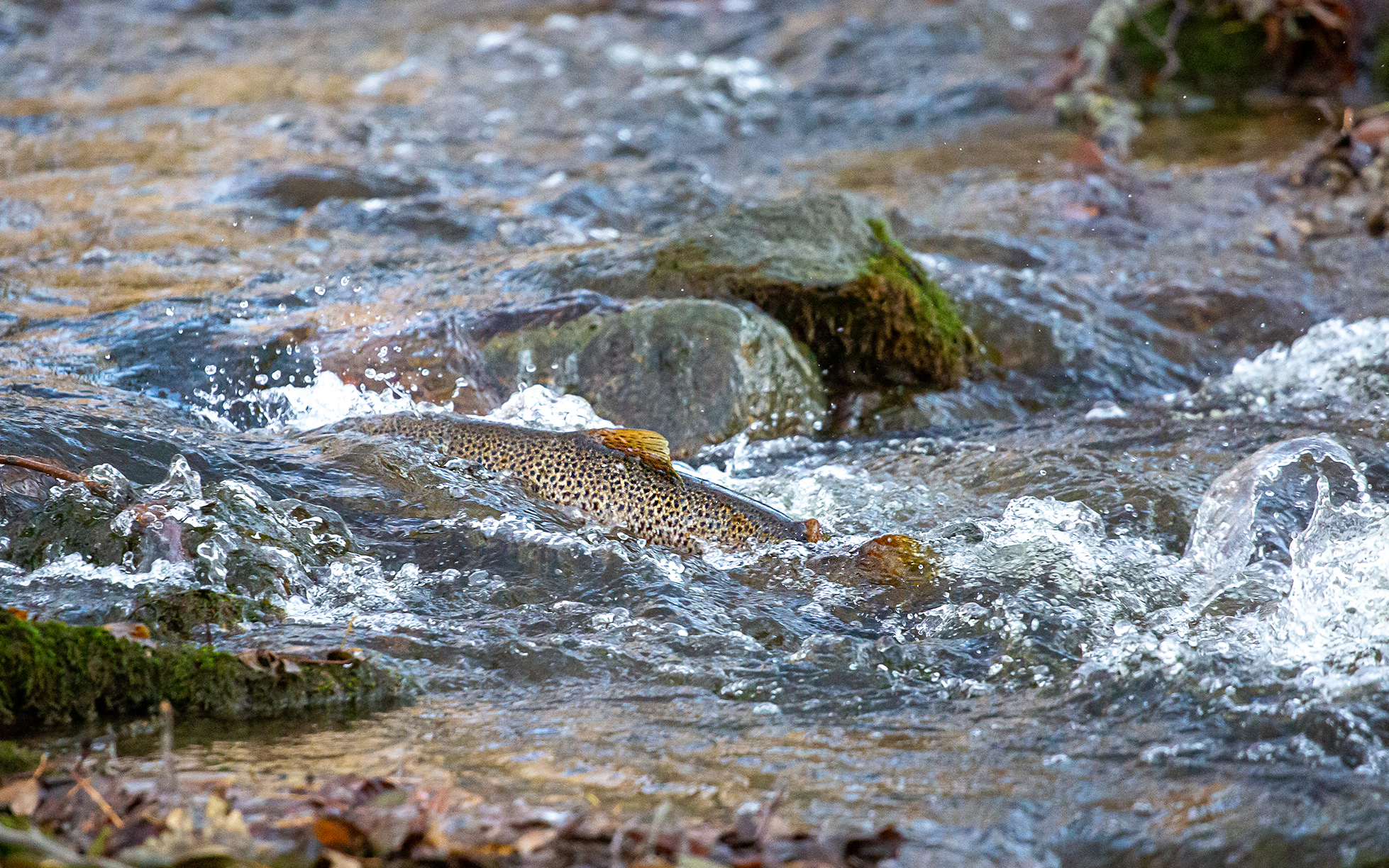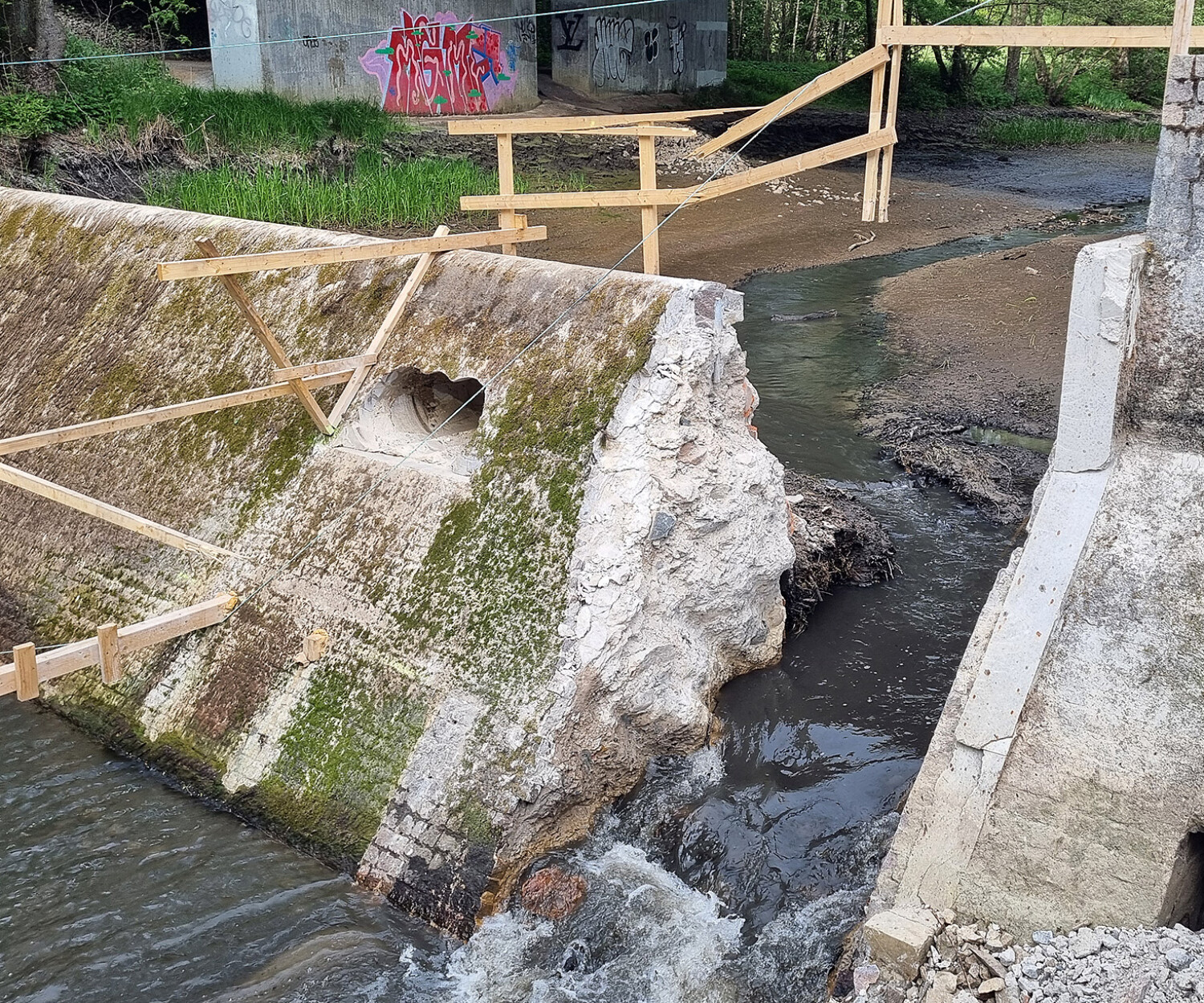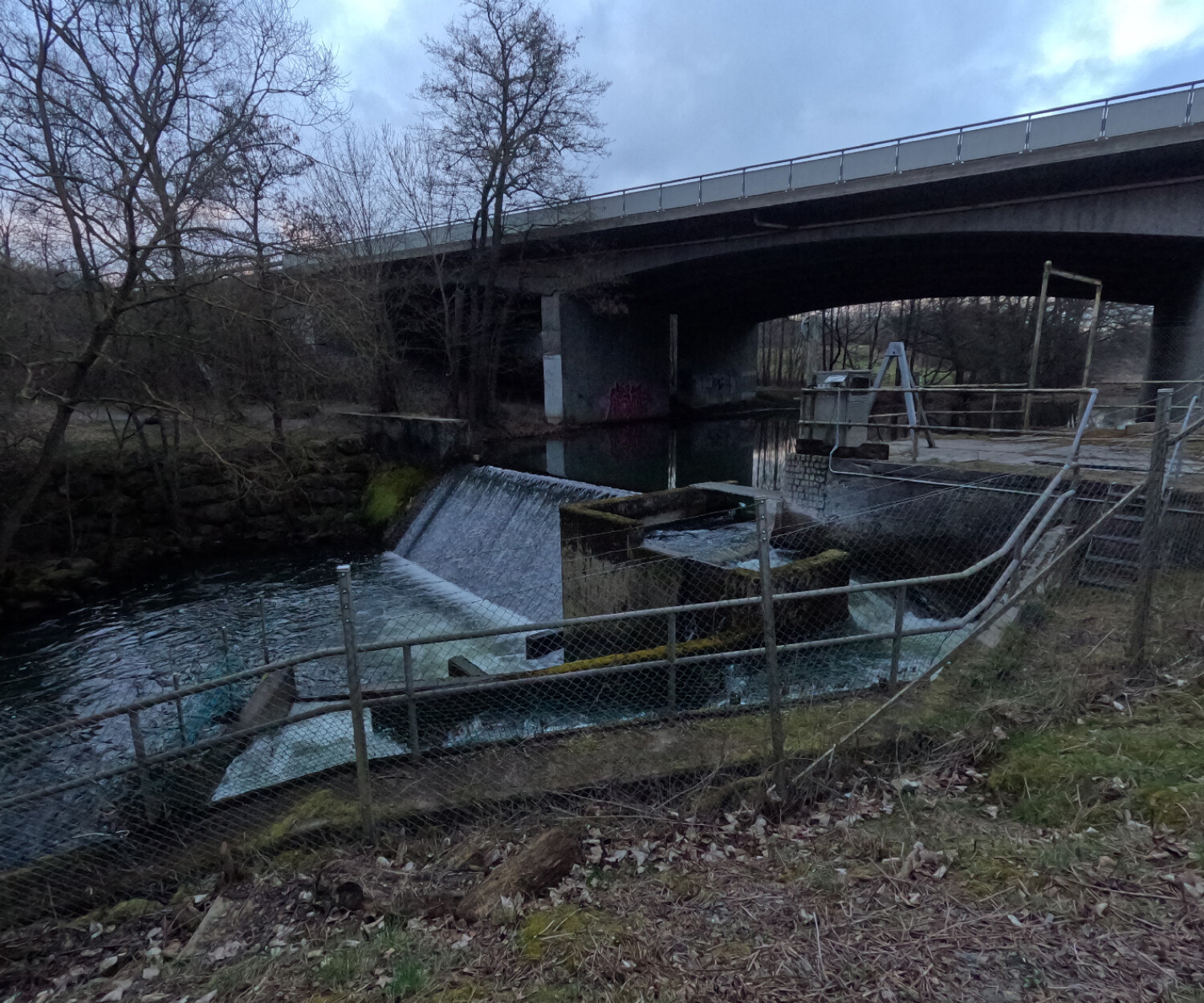River Råån
Increasing water availability in the landscape
River Råån flows through an agricultural landscape of fields, pastures, deciduous forests and wetlands. Intensive agriculture, straightening, ditching and other human impacts have led to eutrophication and poorer hydrology. This together with the ongoing climate change are threatening overall biodiversity and ecosystem functions of the river.
The project will remove migration barriers, restore floodplains along the river and re-create wetlands to help retain water longer in the landscape and improve water quality.
River Råån-The project area is located in western Skåne. River Råån The river, which flows into the Öresund, is about 28 kilometers long, of which 4.2 kilometers have Natura 2000 status.
The river has a moderate biodiversity. There are at least eleven known fish species, including river lamprey and eel. The project area is also important for birds such as kingfishers, white-tailed godwits, common terns and lesser spotted woodpeckers. Mammals such as several bat species and otter are also present.
Among other things, river lamprey nursery areas will be restored by creating backwaters
Impacts and problems
The Råån catchment is dominated by intensive agriculture, which has led to eutrophication and physical changes to streams and wetlands. The river flows through a valley with a varied landscape of pastures, fields, deciduous forests and wetlands, yet has been affected by water regulation. The smaller tributaries are often channelized and the wetlands have largely been drained. The lack of lakes and increased runoff, combined with climate change, lead to low summer flows, threatening ecosystem services and biodiversity. In addition, dams and culverts have impaired ecological connectivity, giving River Råån a moderate status according to the EU Water Framework Directive classification.
Restoration measures
The project will restore natural habitats in channelized parts of River Råån to improve habitat quality, biodiversity and fish production. This includes restoring nursery areas for lamprey by creating backwaters. The project also includes dam removal, which will improve the connectivity and conservation status of the river habitat and the targeted species present.
Furthermore, restoration of floodplains and wetlands along River Råån and tributaries is planned to help restore a more natural hydrology, improving water quality, reduce downstream nutrient leakage and retain water in the landscape for a longer period of time, countacting the effects of climate change.
Dam removal and connectivity
The Görarp dam, situated 3.5 kilometers upstream of the estuary, was built in 1920 and blocks migration of weak-swimming species such as river lamprey. An old fish ladder have made it possible for species such as trout to pass the barrier at certain flows. The dam will now be removed and the river will flow freely again. This will restore the natural transport of sediment and species in the system.
Through a combination of habitat restoration, hydrological restoration and improved connectivity, the project will strengthen habitat conditions, increase fish production and improve the conservation status of River Råån and its species. The measures are expected to have widespread positive effects on the ecosystem, biodiversity and the water regime downstream to the sea.


Survival of river pearl mussels depends on host fish
Barriers to migration
Removing migration barriers and opening up the river pearl mussel’s host fish, salmon and trout, will increase the species’ ability to reproduce. Barriers to migration come in many forms, from natural to man-made dams and power plants. In some cases, a good solution may be to build a wildlife passage to allow fish and other organisms to bypass the migration barrier.
River Råån
Latest news from the project area
Here you can read news about the target species and the actions being taken in the project area.




